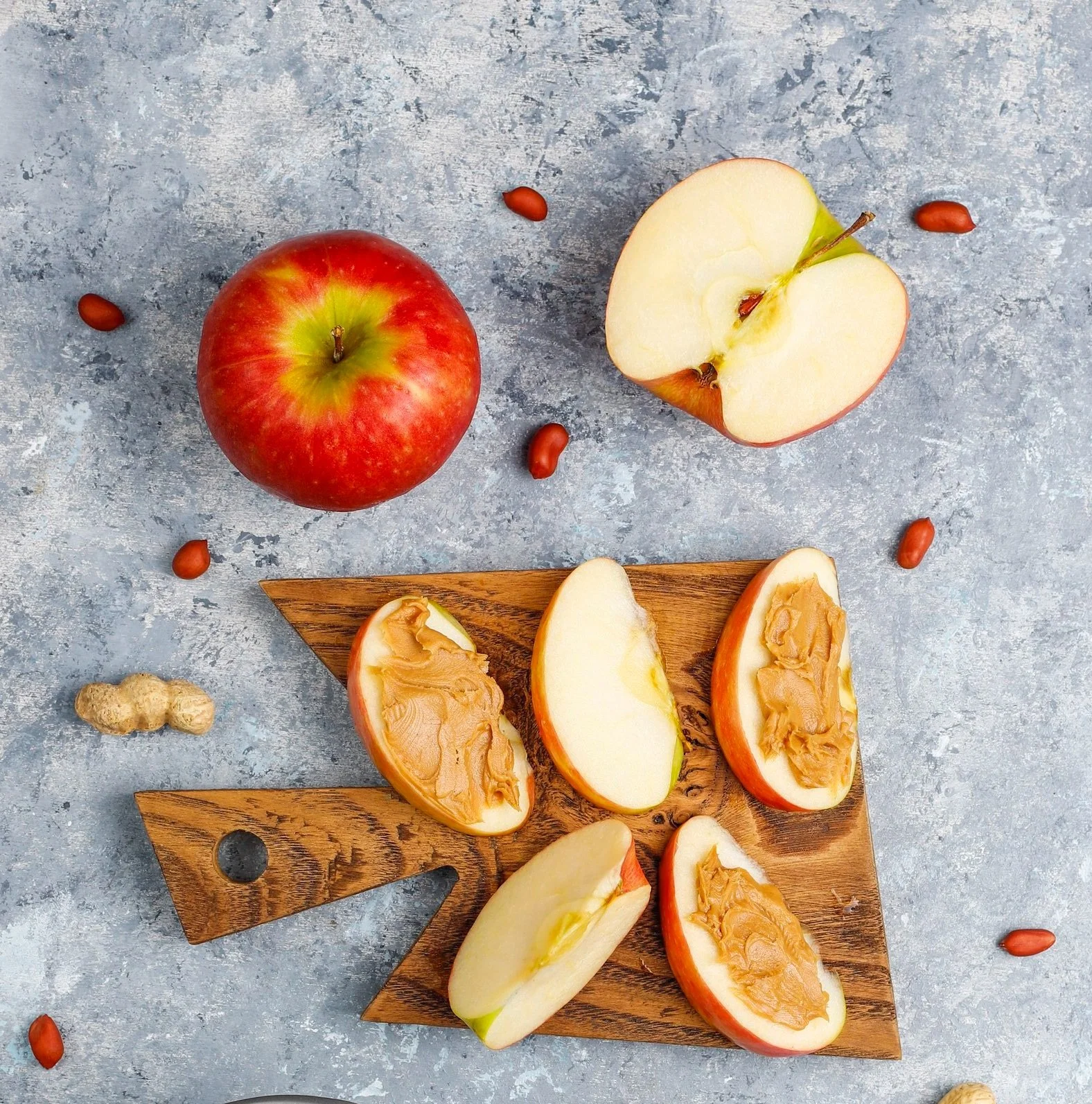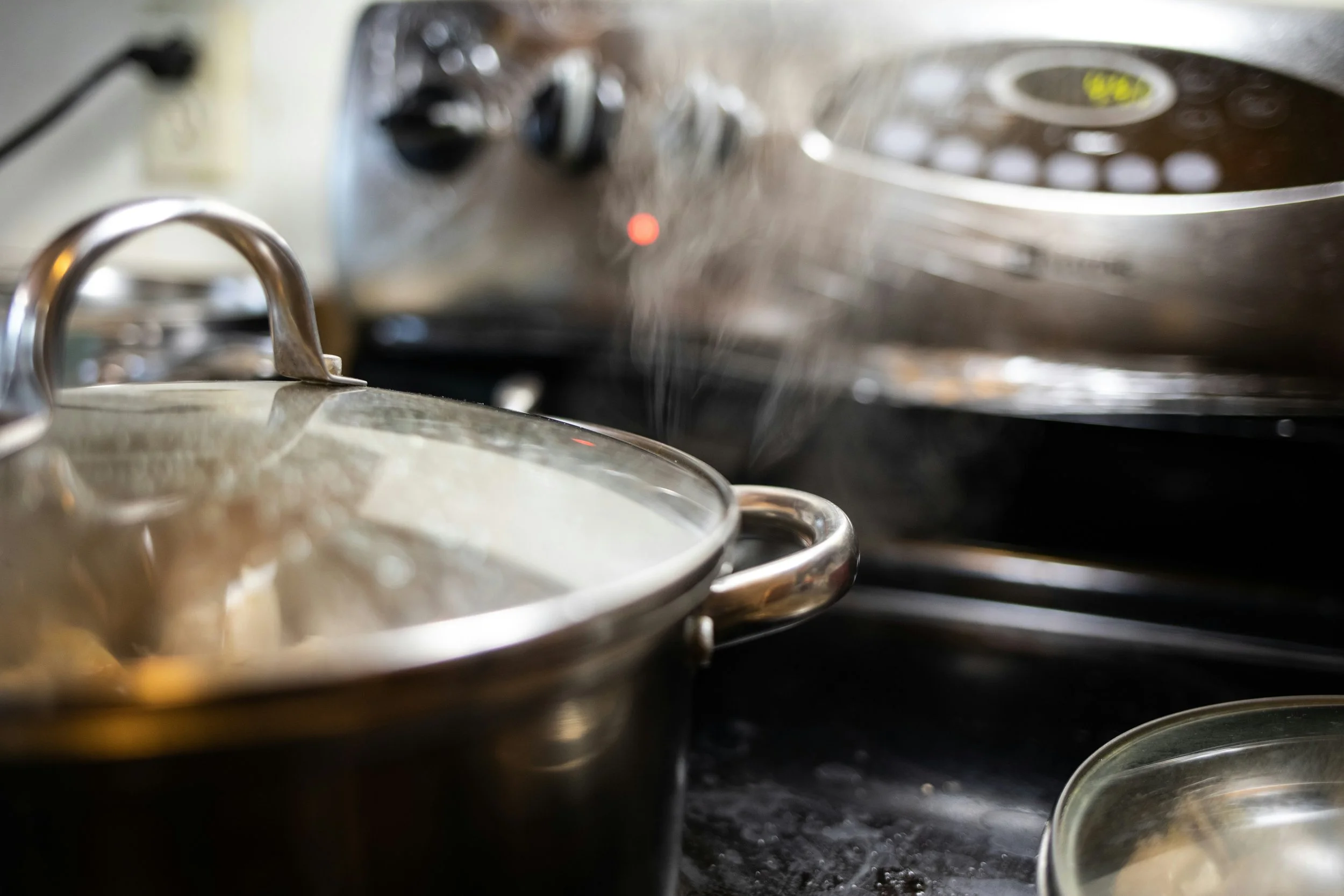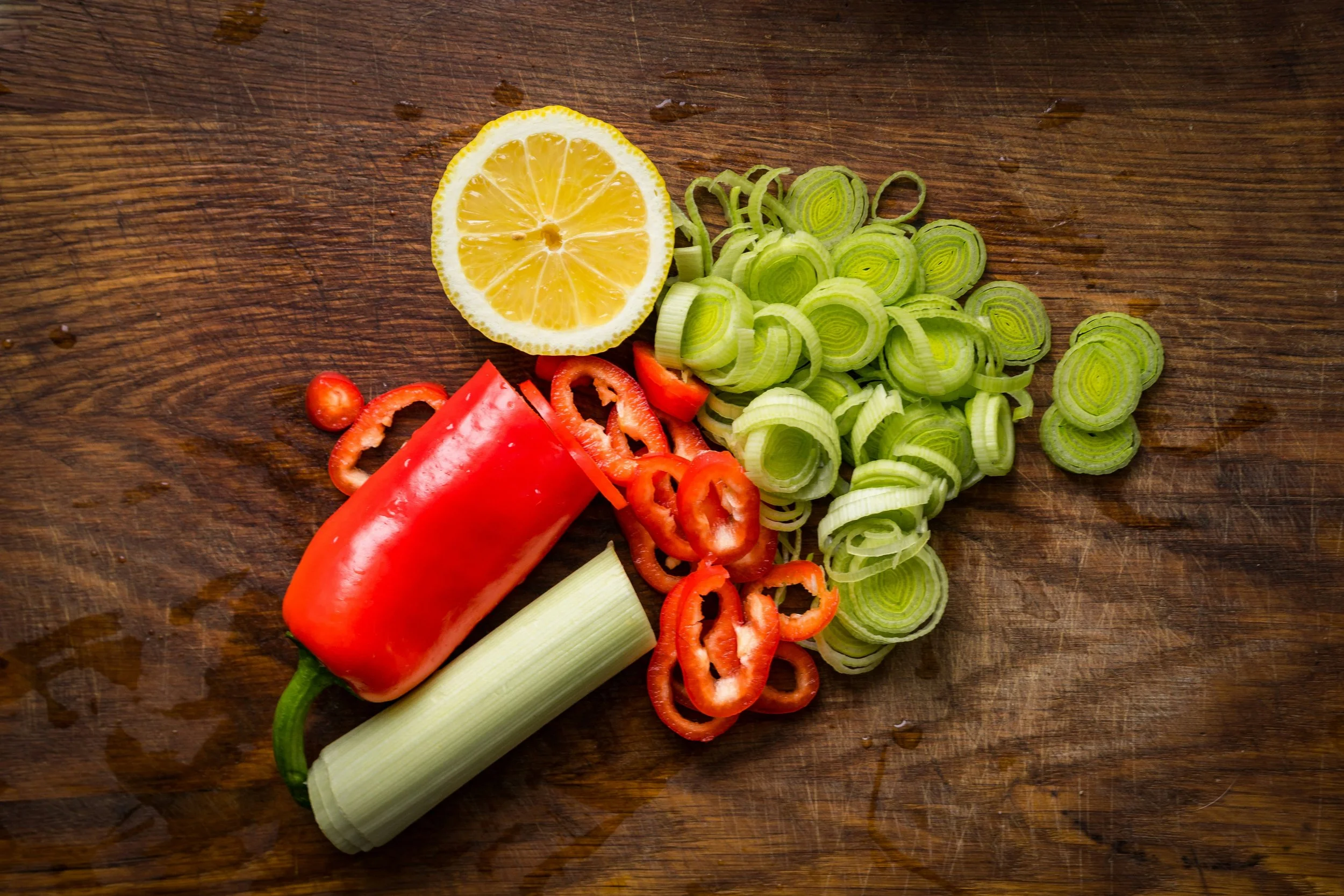
Testing Your CGM
Continuous Glucose Monitors (CGMs) provide real-time feedback on blood glucose levels, making them a powerful tool for exploring how different foods and beverages affect glycemic responses.
Many people use CGMs to experiment with combinations of foods, meal timing, and lifestyle habits to slow down or moderate their glucose spikes. Here are some interesting things people can do with CGMs, along with combinations that may help slow down the glycemic response.
Test Food Pairings
By combining different macronutrients (carbohydrates, fats, and proteins), you can see how pairing foods slows down the absorption of glucose. CGMs allow users to monitor the effects of different food pairings.
What to Try:
Apple with Almond Butter
Adding healthy fats and proteins from almond butter can slow down the glycemic response to the sugars in the apple.
Avocado on Toast
While toast alone can spike blood sugar, adding healthy fats like avocado can lead to a more gradual increase in glucose levels.
Rice with Beans
Combining a high-glycemic food like white rice with fiber-rich beans may moderate the glycemic spike.
Pre-Meal Fiber
Consuming fiber before meals has been shown to reduce glucose spikes.
What to Try:
Vegetable Soup before Pasta
A fiber-rich vegetable soup can slow the digestion of carbohydrates in pasta, reducing post-meal spikes.
Salad with Olive Oil before a Main Course
Fiber and healthy fats in a salad can slow the glucose response to a carb-heavy meal.
Vinegar and Lemon for Glycemic Control
Vinegar (especially apple cider vinegar) and lemon juice have been shown to reduce the glycemic impact of high-carb foods.
What to Try:
Vinegar Dressing on Salads
Using a vinegar-based dressing can reduce the glycemic response to the entire meal.
Lemon Water before Meals
Drinking lemon water before eating can have a moderate effect on blood glucose spikes.
Apple Cider Vinegar with Starchy Foods
Taking apple cider vinegar before a meal with starches (like bread or potatoes) can help blunt glucose spikes.
Protein-First Strategy
Eating protein before carbs can significantly impact glucose levels.
What to Try:
Chicken or Tofu before Rice
Eating protein-rich foods like chicken or tofu before high-glycemic foods such as rice can lead to a more balanced glucose curve
Eggs and Bacon before Pancakes
Consuming proteins and fats before a carb-heavy breakfast like pancakes helps slow down digestion and prevents rapid spikes.
Experiment with Different Types of Carbohydrates
People often use CGMs to explore how different types of carbohydrates (simple vs. complex, processed vs. whole) affect their glucose levels.
What to Try:
Quinoa vs. White Rice
Quinoa, a high-fiber, protein-rich grain, leads to a slower glucose response compared to white rice
Sweet Potatoes vs. Regular Potatoes
Sweet potatoes have a lower glycemic index and may lead to a slower rise in blood glucose.
Intermittent Fasting and Meal Timing
CGMs can help people track the effects of meal timing on glucose levels, including strategies like intermittent fasting.
What to Try:
Morning vs. Evening Meals
Some find that eating the same meal in the morning vs. the evening can lead to different glucose responses, often with lower spikes earlier in the day
Early vs. Late Dinners
Eating dinner earlier in the evening can lead to a better glycemic response compared to eating late at night.
Testing Beverages
CGMs can also be used to test the impact of beverages on glucose levels, both with and without food.
What to Try:
Coffee with and without Milk/Sugar
Coffee can increase insulin sensitivity, but adding sugar and milk may increase glucose levels. Experimenting with black coffee vs. lattes can reveal significant differences.
Alcohol with Food
Certain types of alcohol, especially dry wines, can have a minimal effect on glucose levels, while sugary cocktails can cause spikes. Combining alcohol with high-protein, low-carb foods can reduce the glucose impact.
Exercise and Meal Timing
Physical activity can reduce the glycemic impact of meals. Using a CGM, you can track how a short walk after eating affects your glucose levels compared to eating without activity.
What to Try:
Post-Meal Walks
A 10-15 minute walk after a meal can help lower post-meal glucose spikes significantly.
Different Cooking Methods
How food is prepared (boiled, baked, fried) can also affect glycemic response. Using a CGM, people can experiment with different cooking techniques to see their effects.
What to Try:
Boiled vs. Baked Potatoes
Boiled potatoes tend to have a lower glycemic index compared to baked or fried.
Raw vs. Cooked Vegetables
Raw vegetables often cause a lower glucose spike than cooked versions of the same food due to their higher fiber content.




















